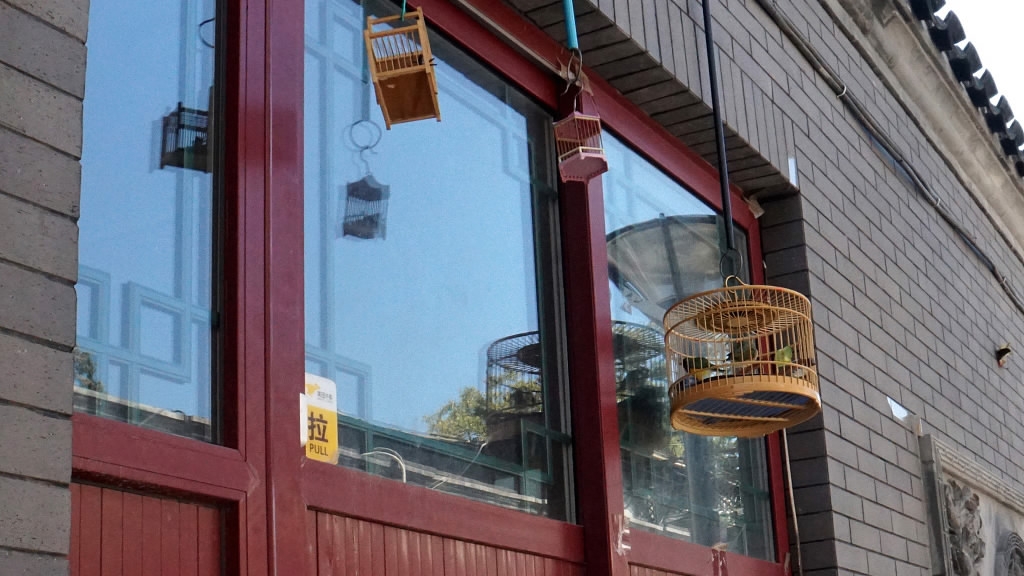
Culture
21:01, 03-Jan-2018
Beijing carries out face lifts on more hutongs
By Xu Xinchen

Dashilanr, one of Beijing’s most famous old hutong districts, celebrates the tenth anniversary this year of its completed renovation.
The Chinese capital is home to more than 6,000 such hutongs, or traditional Chinese alleys lined with residential housing.
Authorities want more to undergo renovation similar to that of Dashilanr, which saw an investment of 20 million yuan a decade ago that turned it into a thriving tourist spot with its cultural heritage projects and commercial streets that attract some 60,000 visitors daily and generate over 500 million yuan per year.
Hutongs to survive and thrive

The gateway of Dazhiqiao Hutong /VCG Photo
The gateway of Dazhiqiao Hutong /VCG Photo
A few blocks away from Dashilanr, the Dazhiqiao Hutong underwent renovations in 2017 that saw the tearing down of unauthorized storefronts, refurbishing outer walls, and burying electrical wiring.
Yuan Jisheng, a resident of the hutong for over three decades, said that before the renovation, the street was crowded with food vendors and there was oil and smoke everywhere. “People fought and quarreled on the street. We didn't even go out much.”
Another six hutongs are undergoing renovations, but it remains unclear how the renovated space should be used. And it might not be easy to transform the Dazhiqiao hutong into Dashilanr.
“While Dashilanr is still mainly a residential area, the commercial area has historically been separated from the residential side. Hutongs are mainly for people to live in, but they are also an open area for visitors nowadays, so we are trying to learn from modern property management on how to manage the area,” noted Zhu Jian, the deputy director for the Dashilanr Neighborhood and City Management.
Balancing culture and commerce

A corner of house at Dazhiqiao Hutong /VCG Photo
A corner of house at Dazhiqiao Hutong /VCG Photo
Business owners in these hutongs are also trying to figure out a balance between the cultural and commercial aspects.
Li Yongsheng, the owner of Sanqingyuan, an opera house in Dashilanr, said, “Beijing hutong culture has its own special characteristics. Reviving hutongs should still be rooted in protecting hutong culture; however, I think, the capital’s involvement is needed to create more sustainable development. However, the capital needs returns. So in that sense, we need to be careful and not seek instant success and quick returns.”
Beijing’s hutongs are home to huge reserves of the city's cultural relics as well as millions of people.
Living in these hutongs, however, can be challenging as each household may only have less than 20 square meters of space. Besides, hutongs are also often used by migrant workers to run small businesses due to low rent.

SITEMAP
Copyright © 2018 CGTN. Beijing ICP prepared NO.16065310-3
Copyright © 2018 CGTN. Beijing ICP prepared NO.16065310-3